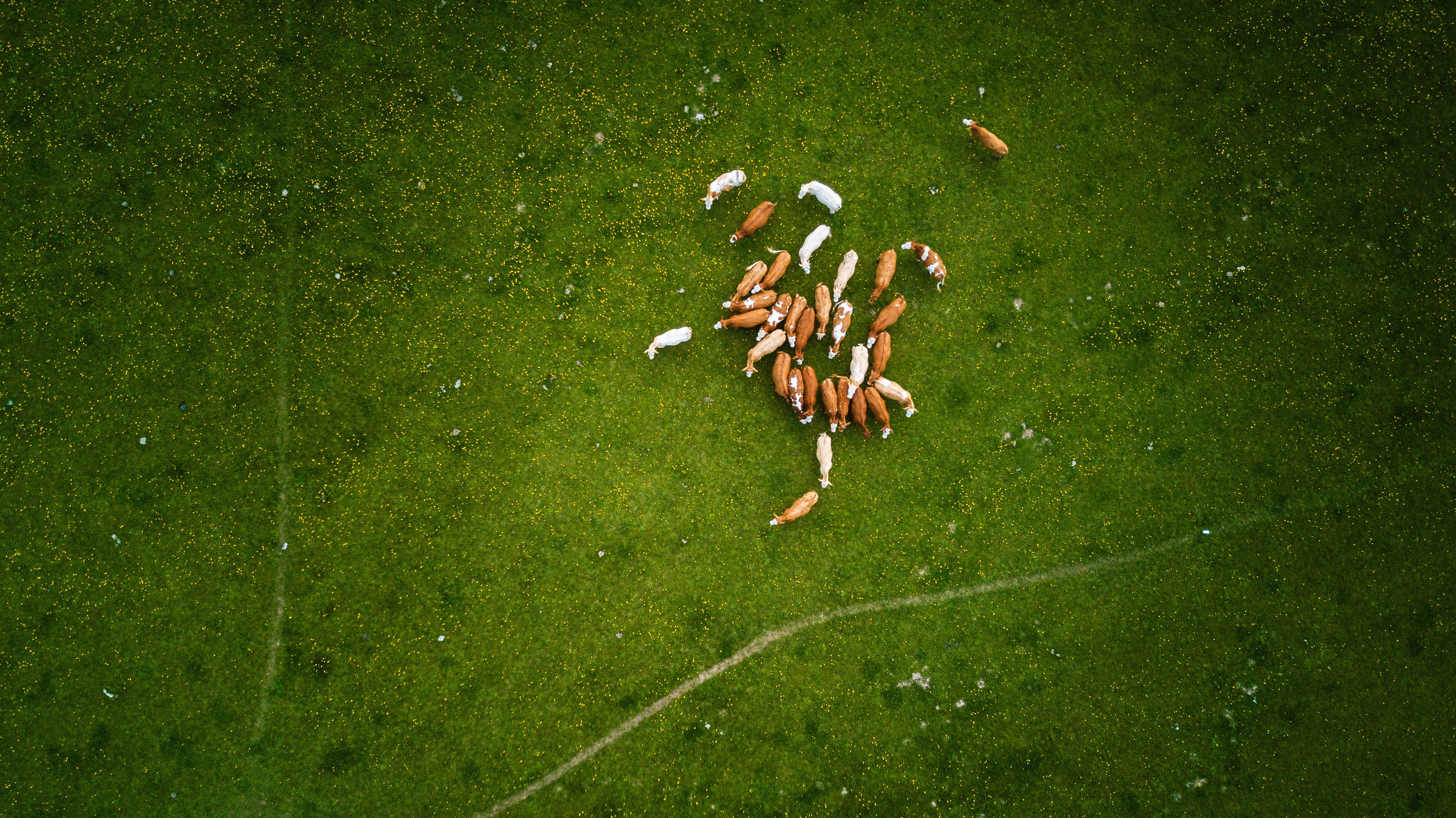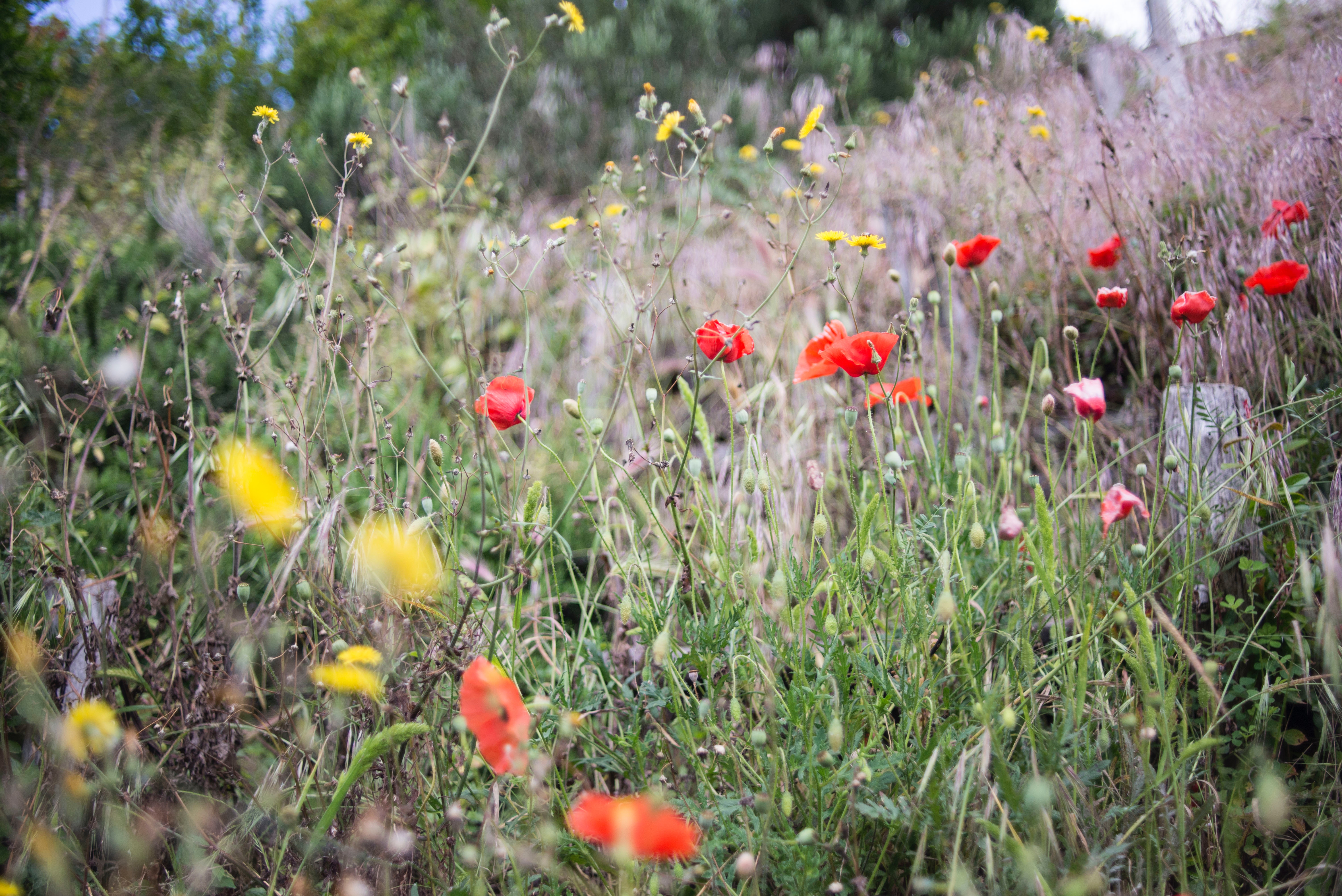The future of Nidderdale
Hope, ideas, and wild plants sprouting in the heart of the Yorkshire Dales

Image by Howard Chalkley
If you are keeping abreast of the environment debate, few words better sum up the current state of affairs than ‘doom and gloom’.
And they are justified. The latest IPCC report highlighted the significant negative effects likely occur to for low-lying areas, human health, and oceans, even at a warming of 1.5˚C. Judging by our current trajectory it would be nothing short of a miracle if we manage to limit warming to 2˚C.
The recently published IPBES assessment on global biodiversity did nothing to cheer us up. It showed that the biomass of wild mammals has fallen by 82%, and that 75% of the earth’s ice-free land is severely degraded by human activities.
The main cause of the conundrum? Land use change, particularly the type relating to our food preferences. We have simply replaced wild nature and species with crops and livestock. In fact, if we sum up the combined weight of all the mammals of the planet, a staggering 60% is livestock, 36% is humans, and only a miniscule 4% is made up by wild animals.

Image by Stephan Müller
But in the midst of this crisis of seemingly apocalyptic proportions, a global movement is germinating. The appropriate term to use is contested, but here I will call it ‘Rewilding’.
Many shy away from using this term, as it has almost as many definitions as there are researchers and practitioners talking about it. This is the subject of a prolific debate which I shall refrain from engaging in here. Suffice to say that to me, in the context of this blog, rewilding simply means allowing a patch of this earth to become a bit more ruled by natural processes. This can be done on various scales, from letting your lawn turn in to a meadow of wildflowers, all the way to reintroducing large carnivores.
The past decade has seen massive surge of interest in rewilding. Projects are popping up across the world, restoring native woodlands, removing fences and barriers, releasing wild horses and, sometimes simply standing back to observe what happens to a place when you let nature run its course.
Contrary to the doom and gloom associated with biodiversity conservation, rewilding instils hope. It emphasises nature’s ability to bounce back, if we just give it a chance. Not to previous or ‘pristine’ states, which is impossible, as nature is always in flux, but to novel ecosystems that can be equally diverse, complex, and dynamic – to put it simply: wild. And, this is the exciting part, it can form part of our escape route out of climate and biodiversity breakdown. Restoring woodland, grasslands, and wetlands would absorb massive amounts of carbon from the atmosphere, which along with countless other services such as pollination and flood defence has rendered rewilding a key element of Natural Climate Solutions.
But most importantly, rewilding engages and empowers people to take part on their own terms. At a time when the sheer complexity of global challenges makes us feel the urge to shove our heads deeply into the sand, the importance of engagement cannot be understated.
On May 22nd, a rewilding debate was organised by the Royal Geographical Society in Pateley Bridge. Dr George Holmes and I were invited to comprise the academic contingent of a panel, along with local land owners and game keepers, a site manager from the RSPB, and a representative from the Yorkshire Peat Partnership. The aim was to explore the opportunities and implications of rewilding in Nidderdale, the epitome of English cultural landscape dominated by rolling grouse moor, sheep-grazed hillsides and picturesque stone villages.
No one knew what quite what to expect, and a slight concern was expressed on behalf of the organiser regarding the interest of invitees to attend on a mid-week evening. The result: a room so packed that people had to stand in the back and crowd in the doorway. An estimated 150 people listened with keen interest, and local students asked insightful questions about what rewilding would mean for their communities. As in any good debate, the panel disagreed on many topics, but opinions were respectfully heard and many interesting topics emerged that we could have remained there debating all night.

Photo by Stephanie Krist on Unsplash
The event concluded that local cultural landscapes are highly valuable and should be maintained. However, within and alongside them there is capacity for a plethora of initiatives to increase the biodiversity of Nidderdale: people can rewild their gardens; some farmers have already started reducing their stocking densities and practice sustainable grazing; woodlands could be re-established; and peatlands restored. Through communication and collaboration within the community these areas of varying rewilding ‘intensity’ could be connected into a ‘rewilding patchwork’ that would contribute to significant nature restoration, without impositions and policy ‘sticks’.
Driving home over the rolling hills, under the pink sky of the setting spring sun, I relished in the sensation of optimism. When land owners, conservationists and the public in the Dales willingly dedicate a Wednesday night to discuss how to best support biodiversity, there is hope for our common future.
